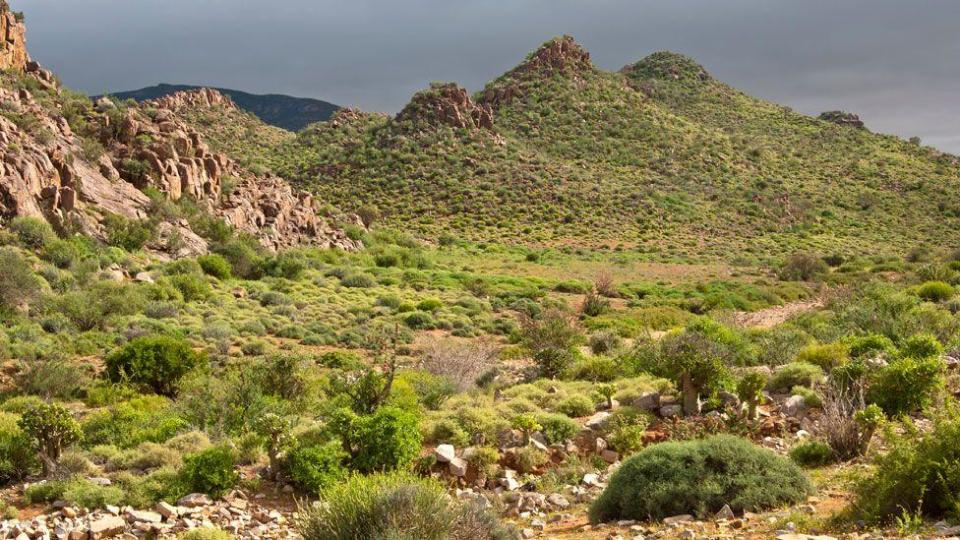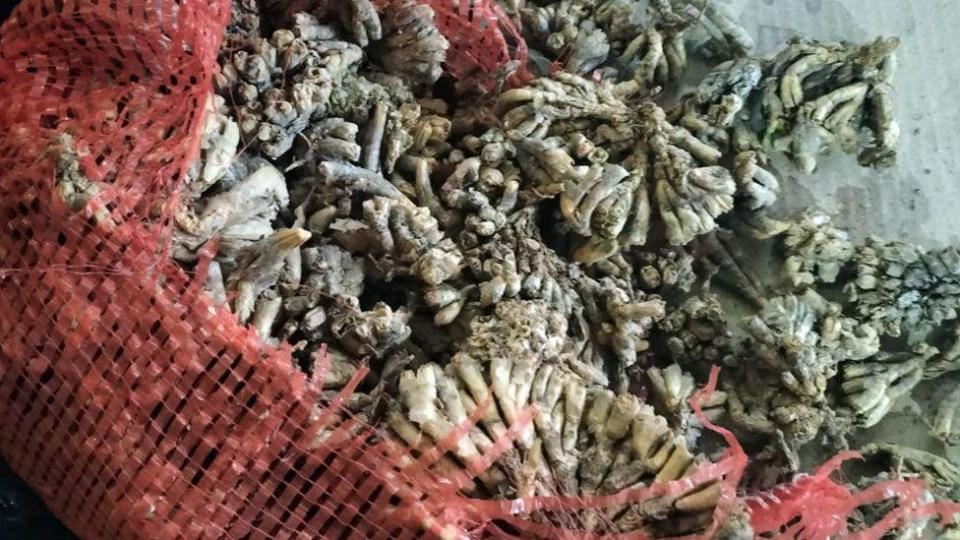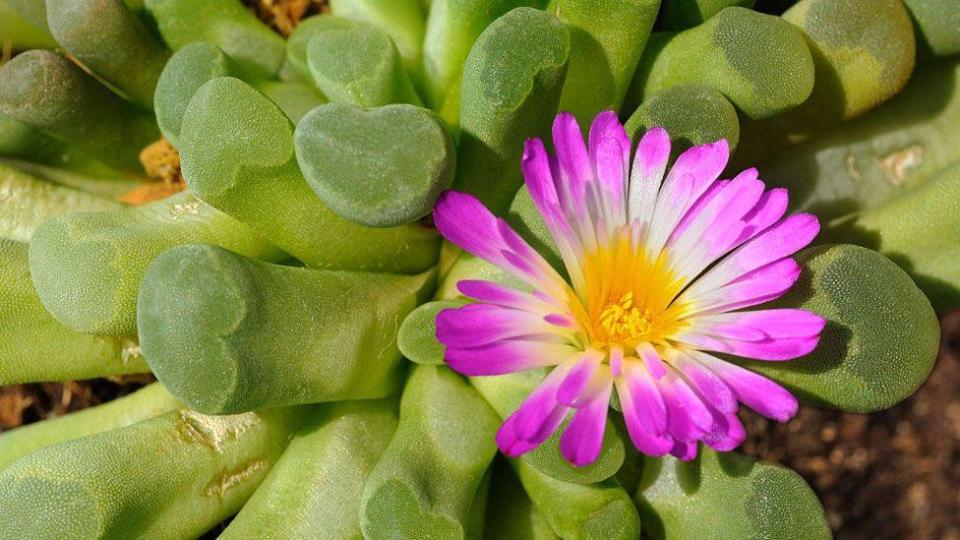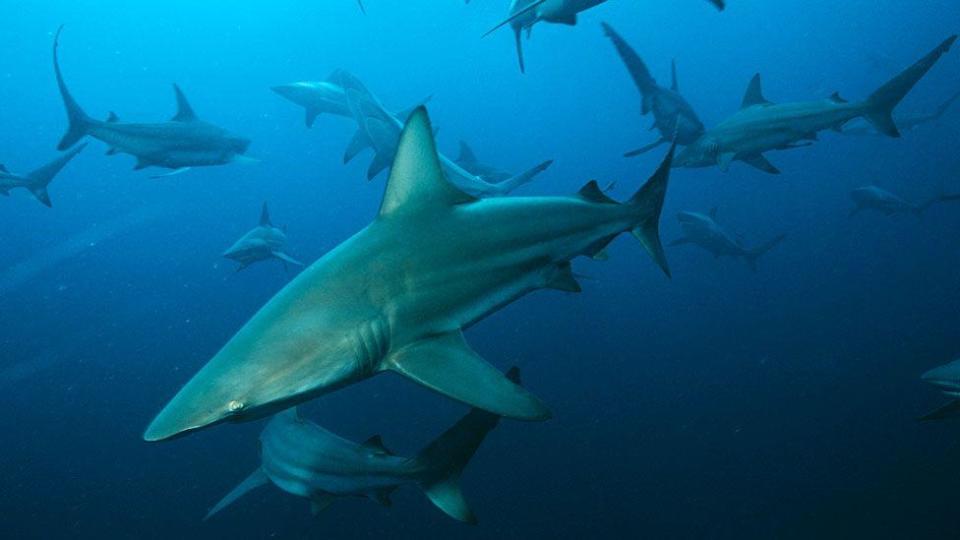When South African authorities at Cape Town International Airport found cardboard boxes labeled as toys being sent to China, they became suspicious.
China is famous for exporting toys around the world – not importing them.
The boxes were opened for a spot check – and instead of finding the promised children’s kitchen set or board game inside, they discovered packages of endangered succulents, all carefully wrapped in toilet paper.
In total, 23,000 plants known as conophytum were found in that shipment in April 2022, investigators from the South African Police Service’s Threatened Species Unit told the BBC.
Authorities were on alert after a courier company was nearly duped by the same ruse a few months earlier.
About a year later, authorities at the same airport found cardboard boxes labeled as mushrooms. They were also being exported to China.
When opened, they turn into bags normally used for onions stuffed with succulents – around 12 thousand pieces.

“It never stops,” said a police investigator. “You discover their method and they have another smuggling idea.”
Since 2019, more than a million illegally harvested succulents, representing 650 different species, have been seized by authorities as the plants transited through Southern Africa to foreign markets, according to Traffic, an international organization that investigates wildlife crimes.
He stated that in South Africa, around 3,000 trafficked succulents are intercepted by enforcement agencies every week.
Driven by the growing demand for these plants as ornamentals, new markets are emerging, especially across East Asia, with many African countries now involved in sourcing them, largely from nature, according to the National Biodiversity Institute of India. South Africa.
This has threatened biodiversity in regions such as the Succulent Karoo – an area designated by the World Wide Fund for Nature that covers extensive drylands in South Africa and Namibia. It is home to more than 6,000 succulent species – 40% of which are found nowhere else, conservation organizations say.
One of the most common smuggled succulent species is the conophytum, of which several subspecies are subject to trade restrictions.


This is because, according to the International Union for Conservation of Nature (IUCN) red list, they are critically threatened or endangered.
And postal and courier services have become an easy way to smuggle small plants like succulents, wildlife trade experts say.
A recent report by the World Customs Organization (WCO) concluded that the most common method of smuggling flora and fauna was to package them in small parcels for mailing, which accounted for 43% of all seizures in 2022 – an increase 17% compared to the previous year.
“There are many different ways that criminals can hide illicit products in the mail. A common method is to use children’s toys,” said Dawn Wilkes, postal security program manager at the Universal Postal Union – a global association of postal services.
She told the BBC that such shipments usually originate from Africa or Asia.


And customs agents know very well that traffickers are cunning.
Last March, authorities in the city of Hai Phong, in northeastern Vietnam, discovered an intriguing shipment coming from Nigeria.
The containers were filled with what appeared to be black horns. On closer examination, they discovered that they were ivory tusks painted black.
Experts investigating the illegal wildlife trade say it is unusual for tusks to be disguised with paint – although in the past Vietnamese authorities have seized ivory hidden in shipments of cow horns.
The Hai Phong seizure included about 550 pieces of elephant tusks, weighing nearly 1,600 kg (252nd).
This led to the arrest of two people in Nigeria in connection with the shipmentaccording to the Wildlife Justice Commission, which worked with the country’s customs office on the case.
The illegal ivory trade mainly affects Angola, the Democratic Republic of Congo, Kenya, Zambia and Zimbabwe and is one of the main reasons behind the decline of African elephants – the population has declined by around 90% in the last 30 years.
The African forest elephant is on the IUCN red list as critically endangered.
Endangered sharks off the coast of Africa are also proving difficult to protect – especially as their fins are a key ingredient in shark fin soup, a sought-after delicacy in many parts of the world.
There are more than 500 recorded species of sharks, and trade in many of them is permitted. But the sale and purchase of parts of around 60 species of sharks is restricted, as they are threatened with extinction.


And this is the loophole that traffickers exploit, wildlife trade investigators say.
A few cases have been detected in South Africa in recent years when customs authorities came across shipments that included a mix of legal and illegal shark fins.
“Criminals will claim that the endangered species are actually the legally traded species,” Traffic expert Sarah Vincent told the BBC.
“It is therefore vital that law enforcement authorities know which is which.”
This was being done in South Africa with the help of Traffic’s 3D digital technology, she said.
As wildlife trafficking cases have become increasingly sophisticated with varying concealment methods, it is important for law enforcement agencies to share information with their regional and international counterparts.
For Elizabeth John, Traffic’s senior wildlife researcher in Southeast Asia, a united front against traffickers is the only way to stand up to them.
Increased information sharing over the years has resulted in increased seizures.
Confiscations in 2022 are up 10% compared to 2020 numbers, and a staggering 56% compared to 2021, according to an OMA report.
But the rise in seizures also points to an alarming trend.
“These statistics suggest that the illegal wildlife and timber trade is still prevalent, and traffickers are employing a number of evolving techniques to evade applicable laws prohibiting this illicit crime,” states the OMA.
Wildlife trade experts say the challenge is keeping customs and border control authorities well-resourced, equipped and trained to stay ahead of traffickers’ ever-evolving tactics.
You might also be interested in:


Go to BBCAfrica.com for more news from the African continent.
Follow us on Twitter @BBCAfricaon Facebook at BBC Africa or on Instagram at bbcafrica





































